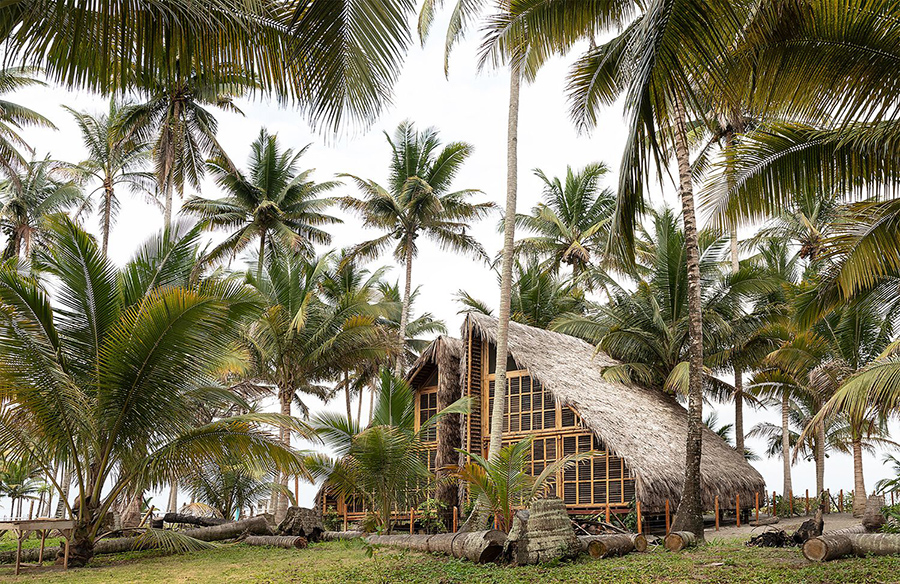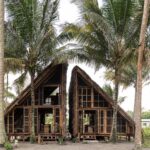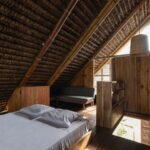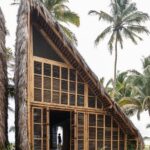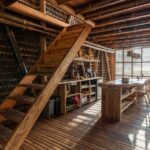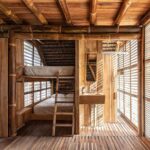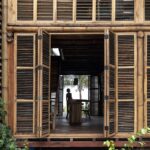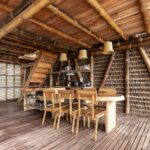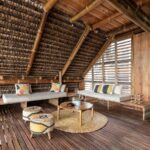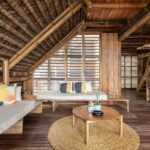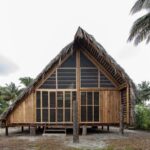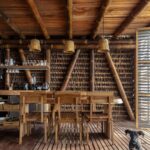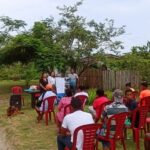Situated on the island of Portete in the Province of Esmeralda, Ecuador, the Toquilla House project by Rama Estudio stands as a beacon of sustainable architecture and cultural preservation. The island, which was affected by the 2016 earthquake, saw its residents displaced to the mainland, where traditional construction materials were replaced with modern alternatives. In an effort to revitalize the community and reclaim its cultural identity, Rama Estudio embarked on a mission to reintroduce bamboo and toquilla straw as sustainable building materials.

Sustainable Design for Community Resilience
Over the course of 2.5 years, Rama Estudio collaborated closely with the community of Portete to design and construct three prototypes of bamboo houses, each tailored to accommodate different family sizes and economic capacities. The project prioritized open, flexible, and adaptable spaces, with an emphasis on high thermal quality to reduce reliance on artificial cooling methods.
Prototype Development and Implementation
The Toquilla House project consists of three housing prototypes: Casa Toquilla M, Casa Toquilla L, and Casa Toquilla S. Each prototype was meticulously designed to optimize space, functionality, and comfort while utilizing local labor and traditional construction techniques. From the use of bamboo and toquilla straw to the incorporation of pambil partitions and mosquito nets, every detail was carefully considered to enhance livability and durability.
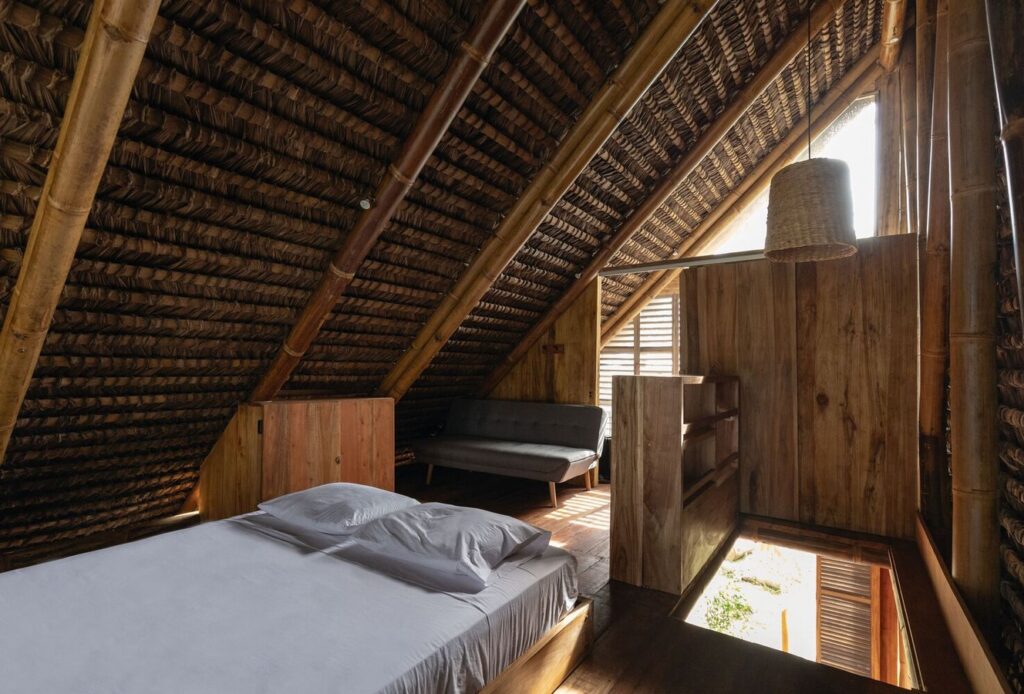
Environmental Considerations and Technical Innovations
In addition to utilizing renewable materials, the Toquilla House project incorporates sustainable sewage management systems and explores various preservation and curing methodologies to ensure long-term durability in the island’s humid and saline environment. Technical innovations such as stainless steel joint pieces and reinforced cable installations were implemented to address common challenges associated with bamboo construction.
Empowering Communities through Education and Replication
Beyond the construction of the initial prototypes, the Toquilla House project aims to empower the local community by providing practical training in bamboo construction and toquilla straw weaving. By sharing knowledge and expertise, Rama Estudio seeks to foster a culture of sustainability and resilience that extends beyond the boundaries of Portete.
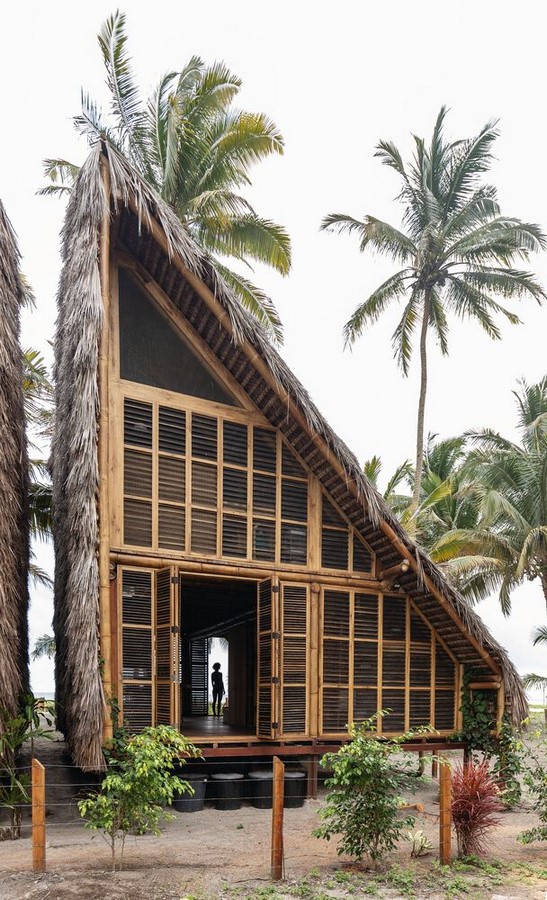
Conclusion: A Sustainable Vision for the Future
The Toquilla House project represents more than just a series of housing prototypes – it embodies a sustainable vision for the future of architecture and community development. By honoring traditional building techniques and fostering local expertise, Rama Estudio has created a model for inclusive and environmentally conscious design. As the project continues to expand and replicate across the region, it serves as a testament to the power of collaboration and innovation in building resilient communities.


